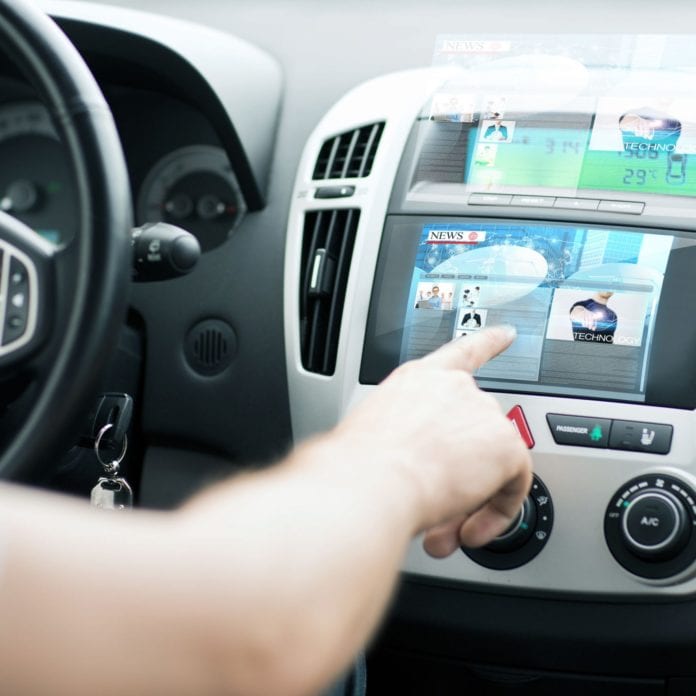The connected car changes everything
Of all the domains the “internet of things” has impacted, the automotive industry, with its connected car, seems to be creating the most interest from both enterprises and consumers. Cars are changing at an incredible rate, and industry leaders, government authorities and prospective buyers are all responding. In fact, just yesterday the German Bundesrat passed a resolution to ban the sales of all combustion engine vehicles in the European Union by 2030 to create zero-emissions roads, according to Ars Technica. But the entire experience of driving is changing alongside the way cars are being powered. New IoT-enabled developments are turning the car into an safer, more comfortable connected environment for getting around. Let’s take a look some of the many ways IoT connectivity is transforming the automobile.
(Semi)-autonomous vehicle
We will start with the elephant in the room, autonomous driving. Fully autonomous vehicles, or self-driving cars, are currently not available on the market, and they won’t be for a long time, according to Automotive News. But semi-autonomous vehicles already exist, and the lives being saved are in large part thanks to IoT. Features like front collision warning, brake assist, blind spot monitors, self-parking and remote parking are all creations coming out of the increasing use of integrated cameras, proximity sensors, adaptive headlights sensors and other connectivity components that define the IoT. These features are in place to get rid of human error, and make driving more convenient and much safer.
4G Wi-Fi hot spots
Cars will need to provide drivers with a reliable, high-speed mobile network if they are to fuel our own constantly connected demands. Offered on a subscription basis, 4G LTE connectivity is gaining popularity. In the past two years, more than 2 million Chevrolet cars with 4G LTE data connections have been sold, and General Motors has reported that those connections have chewed through 3 million gigabytes of data, according to Tech Crunch. Connected cars will be expected to become more and more connection spots for passengers through a shared usage of their machine-to-machine card.
Intelligent infotainment
Car manufacturers are using mobile connectivity to create intelligent infotainment systems. Most infotainment systems are currently in a strange period when users can choose between manufacturer-made infotainment applications (BMW iDrive, MyFord Touch, etc.) or third-party apps created by mobile operating system giants Google (Android Auto) and Apple (CarPlay).
Cars are now expected to provide information and entertainment by streaming preferred music or radio stations, offering intelligent on-board navigation and contextual information of points of interest such as the nearest gas station when the car is running low on fuel or nearby restaurants if it is lunchtime.
Telematics and eCalls
Last year, the European Parliament voted in favor of eCall regulation which requires all new cars be equipped with eCall technology from April 2018. In the event of a serious accident, eCall automatically dials 112 – Europe’s single emergency number – and sends the appropriate authorities to the scene. According to the EU, eCall cuts emergency services response time down by 50% in the countryside and 60% in built-up areas. The quicker response will save hundreds of lives in the EU every year. U.S. car manufacturers offer their own flavor of eCall technology, with GM’s OnStar and Ford’s Sync.
Car maintenance
No more getting down on your hands and knees to check all four tires with an air pressure gauge when your flat tire light turns on. Connected cars have dashboard visualizations showing the condition of just about every part of the vehicle, from tire pressure to when a door is left open. These use a combination of sensors and radio frquency technology to keep drivers informed so they can make appropriate repairs when needed. It can even tell a driver how efficiently he or she is driving by showing average miles per gallon in different environments.

